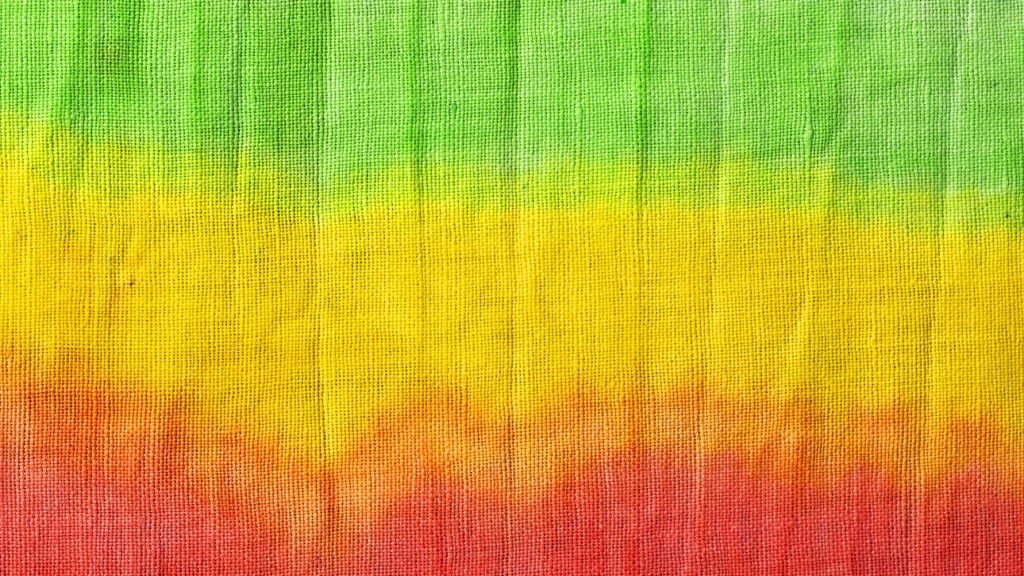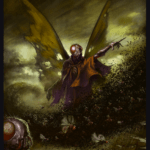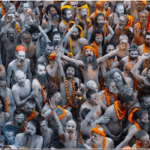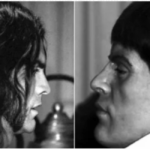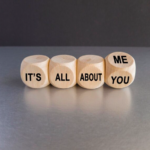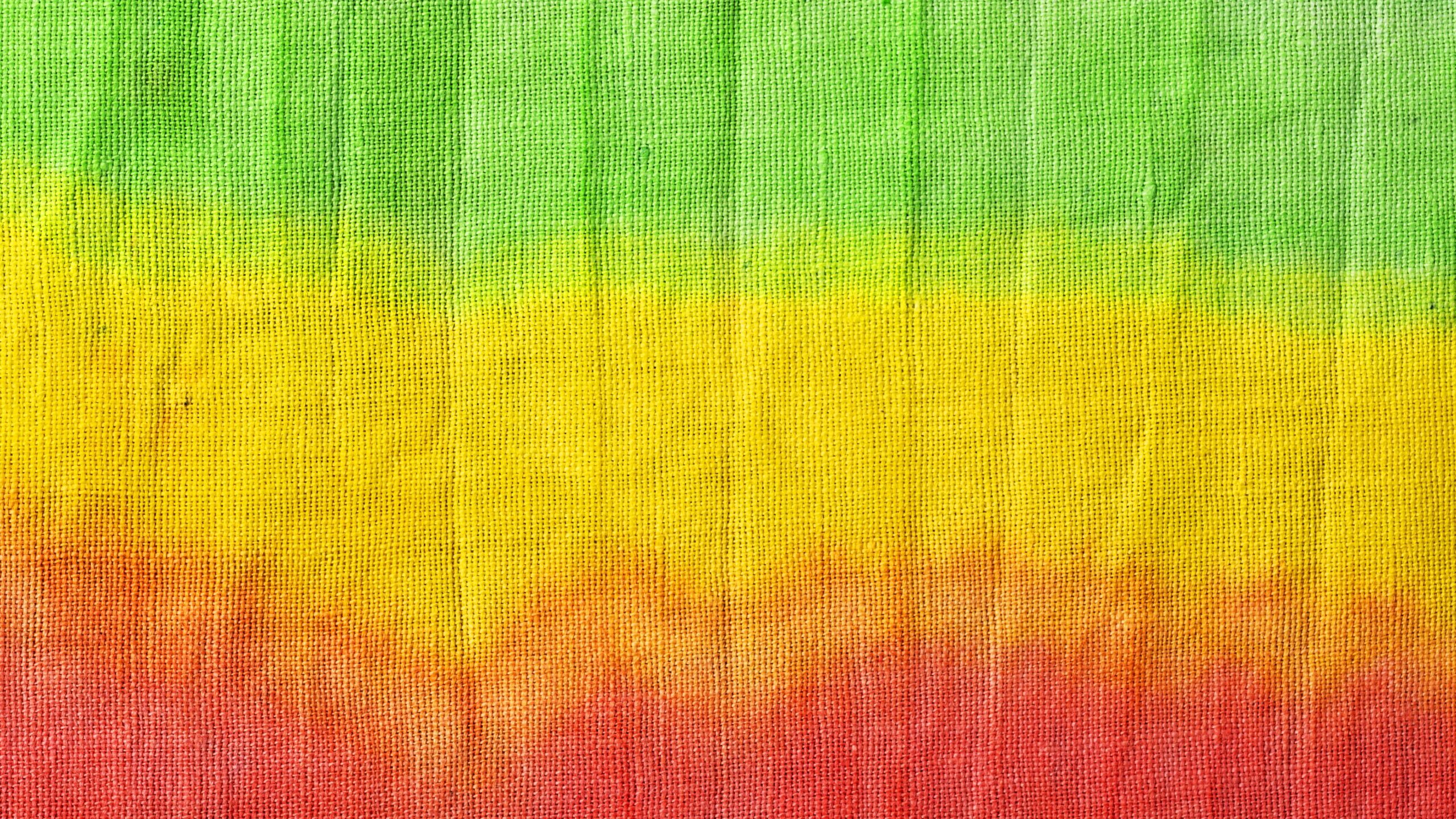
Are you intrigued by the captivating hues that compose the Rasta colors? From its historical significance to the controversies surrounding it, this blog post delves into every aspect of this, providing a comprehensive exploration that answers all your burning questions.
Table of Contents
Introduction
Rasta colors are more than just a visually appealing combination; they hold deep cultural, historical, and spiritual significance. Let’s embark on a journey through time and explore the roots, controversies, and the widespread impact of these vibrant hues.
Understanding Rasta Colors
Rasta Colors Order
The sequence of colors, red, yellow, and green, is far from arbitrary. This specific order holds deep significance and reflects the core values of Rastafarianism. The progression from red to yellow to green symbolizes a profound journey – starting with the red, which represents the bloodshed and struggles endured by the African people throughout history. The journey then moves towards yellow, symbolizing the riches and abundance of the African homeland that Rastafarians aspire to reconnect with. Finally, the sequence concludes with green, representing the lush landscapes of Africa and the hope for a brighter future. This deliberate arrangement embodies the Rastafarian belief in overcoming adversity, embracing cultural identity, and striving for unity and prosperity.
Rasta Colors Meaning
The colors hold a profound and multifaceted meaning that goes beyond their vibrant appearance. Each hue in the red, yellow, and green trio represents a unique facet of the Rastafarian philosophy. The red signifies the blood of African ancestors shed during colonization and oppression – a poignant reminder of the struggles endured.
Yellow represents the golden heritage of Africa, symbolizing the richness of the continent’s culture, resources, and potential.
Green, the final color, embodies the lush landscapes of Africa and the hope for a brighter future. Together, these colors encapsulate the core values of Rastafarianism: unity, liberation, pride, and the yearning for a world free from oppression and injustice. The colors act as a visual manifesto, boldly proclaiming the movement’s ideals and inspiring a sense of identity, belonging, and social change.
The Symbolic Representation
Rasta colors, comprising red, yellow, and green, carry a profound symbolism. These colors embody the principles of Rastafarianism, a spiritual and social movement that originated in Jamaica. Each color represents a distinct concept: red symbolizes the bloodshed and struggles of the African people, yellow signifies the wealth of their homeland, and green represents the lush landscapes of Africa.
GREEN : means ground and its connection. Rastas are strongly connected to nature which is strongly reflected in their lifestyle.
GOLD/YELLOW : The gold represents the gold that was stolen by the British colonies of Jamaica. This is not a discussion of money but more of a discussion of history - the meaning behind gold is that it is a symbol of rebellion. Rastafari emerged in Jamaica as a culture that rebelled against authority.
RED : symbolizes bloodshed and those lost when Jamaica was a British colony. Again, it represents a rebellion against the domineering colonial, inclusive establishment.
The Connection with Rastafarianism
Rasta colors are closely intertwined with Rastafarian culture. Rastafarians use these colors to display their identity and solidarity with their African roots. The colors are frequently incorporated into clothing, artwork, and even hairstyles as a visual representation of their beliefs and values.
A Glimpse into Rasta Colors’ History
Origins of the Color Palette
The origins of the colors can be traced back to the early 20th century in Jamaica. Emerging as a form of resistance against colonialism and oppression, Rastafarianism sought to empower and unite the African diaspora. The selection of the colors was a deliberate choice to convey a message of pride, strength, and liberation.
Influence on Cultural Movements
Over the years, colors have transcended their origins and become a symbol of rebellion and cultural identity. They have influenced various art forms, such as music, fashion, and visual arts, as a means of expressing dissent and advocating for social change.
Controversies and Misinterpretations

Cultural Appropriation Debate
While Rasta colors are deeply rooted in a specific cultural context, they have also faced controversies related to cultural appropriation. Some argue that their adoption by mainstream fashion and media dilutes their original significance and disrespects the cultural heritage they represent.
Commercialization Concerns
The commercialization of colors has also sparked debates. The colors are often used in marketing and branding without acknowledging their historical and spiritual meanings. This commodification raises concerns about the erasure of their true significance.
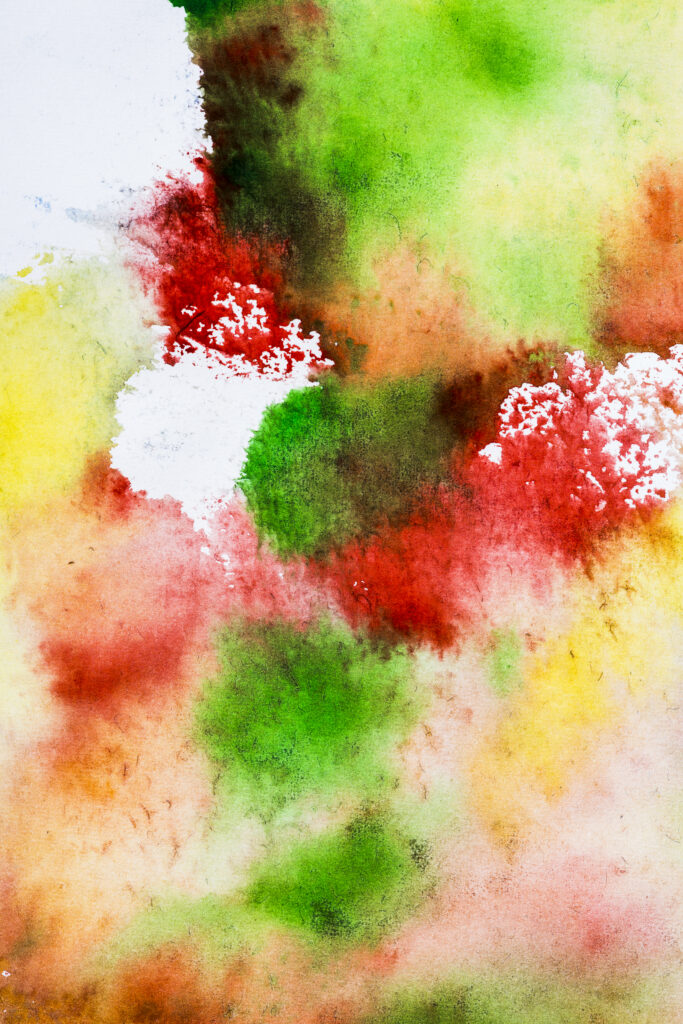
The Impact on Fashion and Art
Rasta Colors in Clothing
These colors have left an indelible mark on the fashion world. These vibrant hues are frequently incorporated into clothing items, such as T-shirts, hats, and accessories, allowing individuals to showcase their support for social justice and cultural diversity.
Artistic Expressions and Rasta Hues
The art world has been enriched by the vibrant palette of Rasta colors. Artists globally use these hues to create captivating pieces that explore themes of identity, resistance, and unity.
Rasta Colors in Reggae Music
Roots of the Connection
These colors and reggae music share an inseparable bond. Reggae artists often infuse their music with the messages of Rastafarianism, using the colors as a visual representation of their lyrical themes.
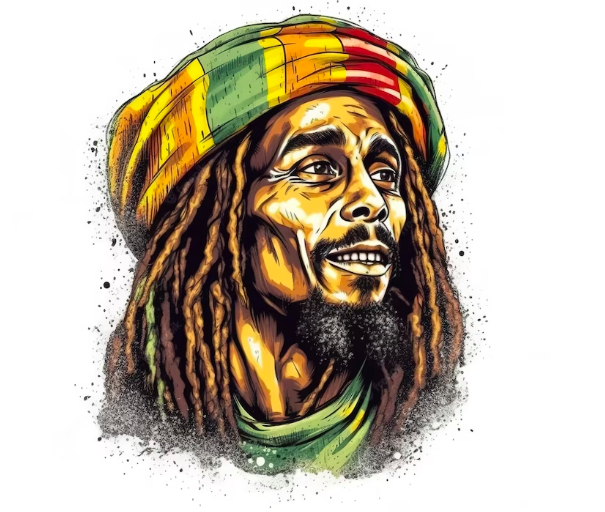
Musician Tributes and Representation
Numerous reggae musicians pay homage to Rasta colors through their music and attire. Legends like Bob Marley are celebrated for their contribution to popularizing Rastafarian ideals and the colors’ symbolism.
FAQs :
What do the Rasta colors symbolize?
The Rasta colors symbolize the struggles, pride, and unity of the African diaspora. Red represents bloodshed and perseverance, yellow signifies wealth and prosperity, and green symbolizes the lush landscapes of Africa.
Why are these specific colors chosen?
These colors were chosen to convey the historical and spiritual messages of Rastafarianism. They represent the movement’s connection to African roots and its stance against oppression.
Is it offensive for non-Rastafarians to wear these colors?
Opinions vary, but it’s crucial to approach Rasta colors with respect and understanding of their cultural significance. Sensitivity to their history and meaning is essential.
How have Rasta colors influenced modern fashion?
These colors have been embraced by the fashion industry as symbols of rebellion and diversity. They have been incorporated into clothing lines and accessories, often reflecting messages of social change.
What role do Rasta colors play in the music industry?
These colors are deeply intertwined with reggae music, acting as a visual representation of the genre’s themes of unity, freedom, and spirituality. Many reggae musicians proudly incorporate these colors into their music and style.
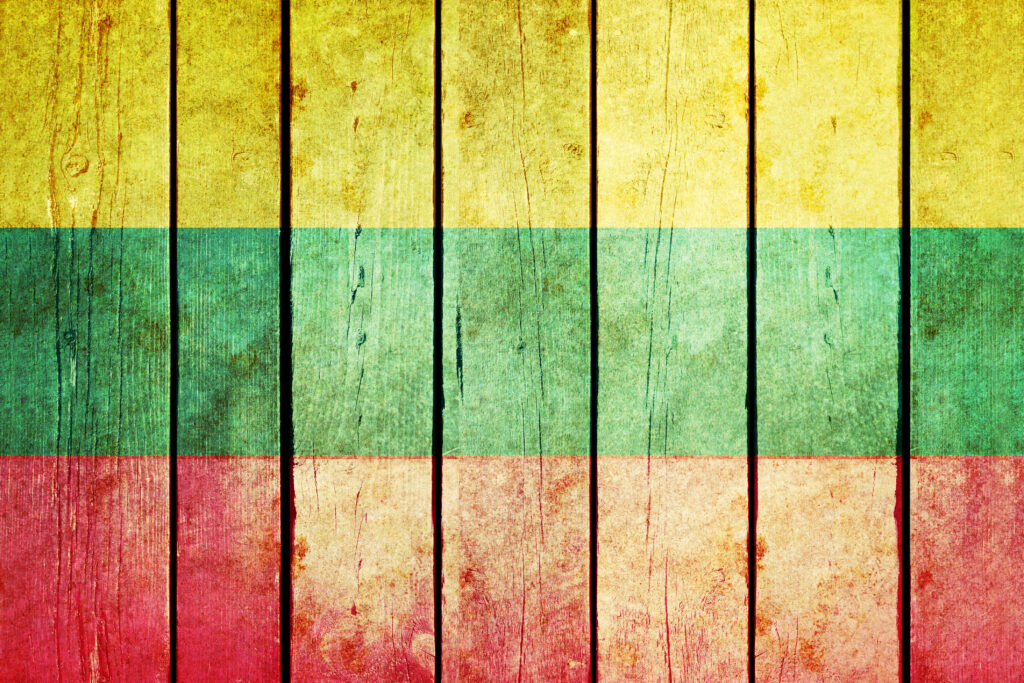
Conclusion
The journey through the world of Rasta colors unveils a captivating narrative of culture, history, and expression. From their origins as symbols of resistance to their role in shaping contemporary art and music, these vibrant hues continue to leave an indelible mark on the global stage.
Readers are also interested in : how to do soft locs
